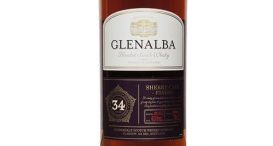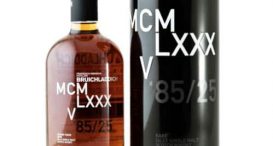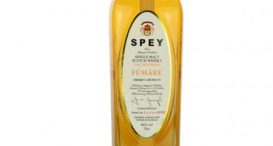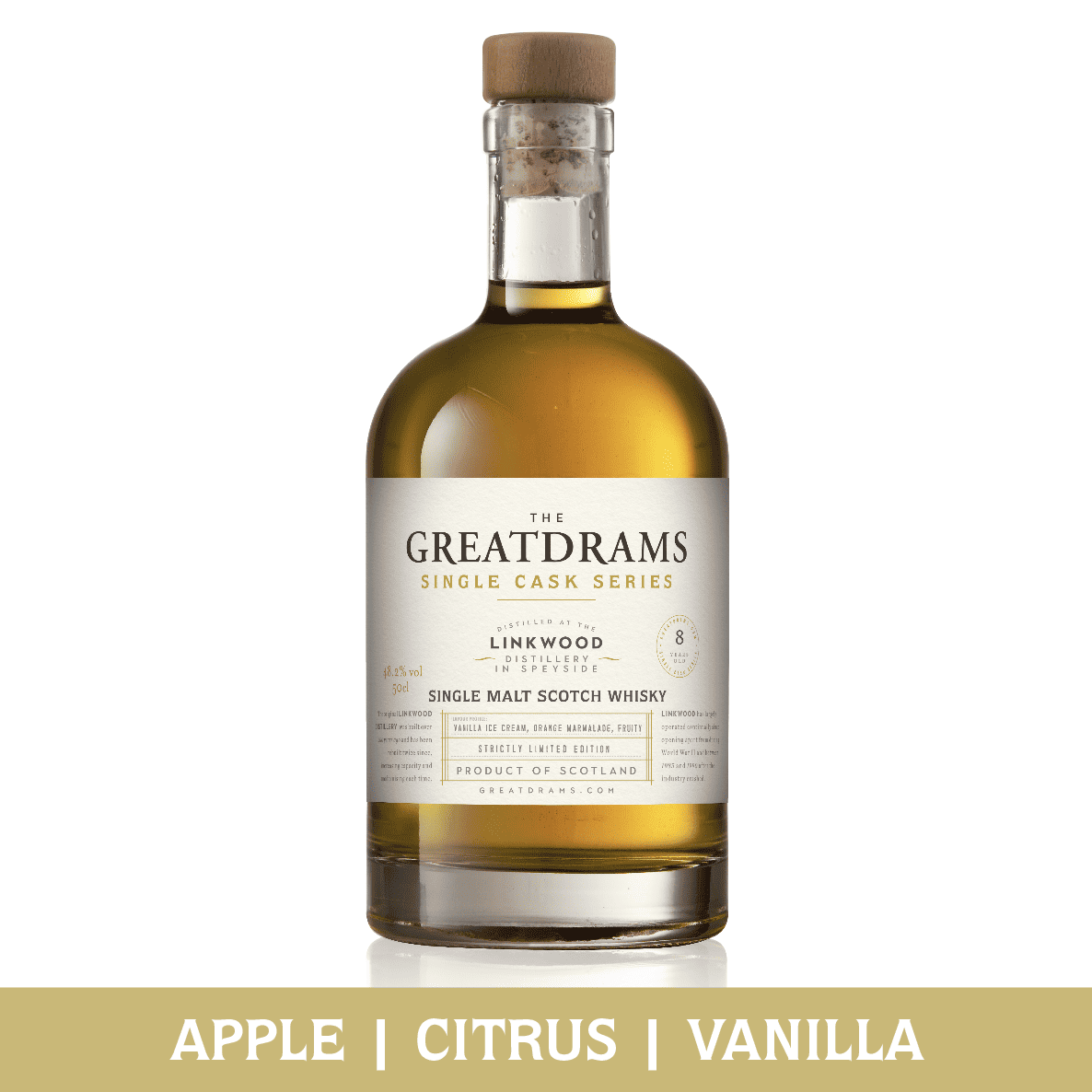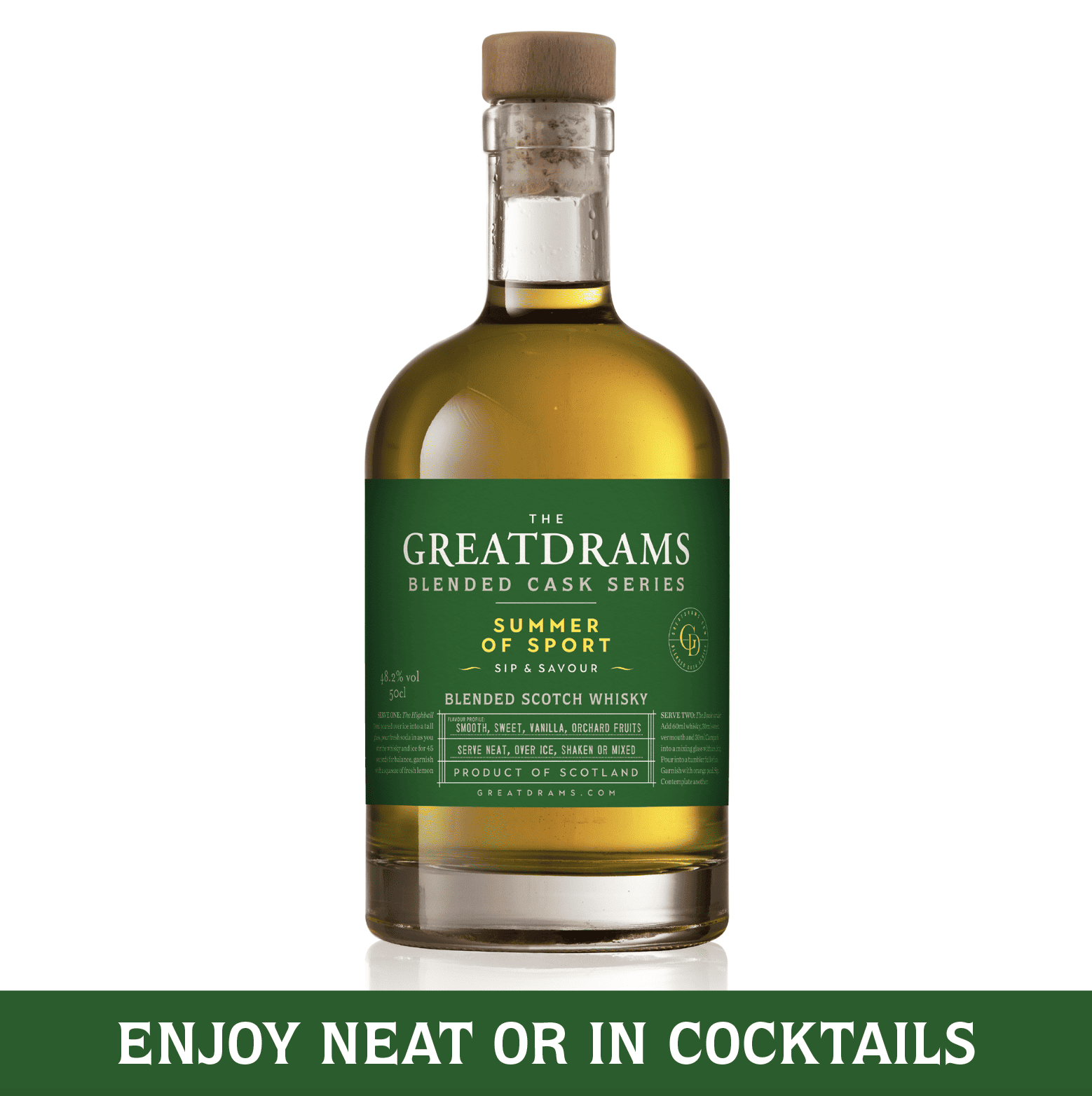Decoding whisky flavour profiles
There is a lot more to tasting whisky than just drinking it and hoping for the best.
Real students of whisky invest time in reading what other whisky appreciators say about certain drinks and drams.
But this in itself is no easy feat. Professional whisky tasters like to use a lot of different words to describe their experiences of certain drams, and that might not correlate with what every drinker tastes.
Maybe this is something you’ve come across before, or maybe you just want to know exactly what you’re reading when it comes to tasting notes.
Lets start by breaking down the five sections of whisky tasting:
Nose: The smell of a whisky. Getting your nose really acquainted with a good dram is the most important place to begin with whisky tasting.
Palette: What you taste. Not just from a single swallow, but by really letting the whisky embrace you mouth (sounds creepy, but you know what I mean).
Finish: That lingering sensation you get after a great dram, and how long it stays there.
Mouthfeel: Ok this sounds a little weird but yes, how does that whisky feel inside your mouth? This can help determine how smooth a whisky is.
Colour: Exactly what it sounds like.
Now that we have the five sections, the first thing to do when comparing tasting notes is to write down your own ideas about flavour.
Don’t let others influence you before you form your own ideas. Before turning to professional opinion, take a dram, taste it and analyse it yourself.
Now don’t get me wrong, you’re not going to be right every time. There will definitely be something the professionals pick up on that us everyday folk just can’t detect.
But don’t get disheartened. Just because the words aren’t the same doesn’t mean they don’t mean the same thing.
Take for instance the word “cereal”. Seems simple enough. Lets say you have the word “cereal” but someone else has the word “malty”.
At first glance, these words aren’t the same. And clearly my degree in English is going to great use with that one!
But English degrees aside.
These words may not be the same, but they can mean the same. Malt is a flavour found in many cereals.
And after all, whisky is fermented from grains, so it makes sense for there to be cereal/malted undertones, or overtones if that’s what you like.
So could the issue be that you taste the same, you just aren’t writing the same?
Compare your own notes with those of the professionals and don’t look for matching words. Look for words that can be associated with each other.
Other examples of this include things like “peated” and “medicinal”, “floral” and “fragrant”, “winey” and “nutty”.
Through breaking down the words used in tasting profiles, you can really come a long way in whisky tasting.
Another way to develop this, especially in regards to Sctoch, is to educate yourself on the flavour profiles of the region your whisky comes from.
There are always exceptions to this, but knowing that Speysides tend to be floral, or that Islays tend to be smoky, can carry your palette a long way.
Now all’s left to do is get out there, get your whisky and get tasting!



